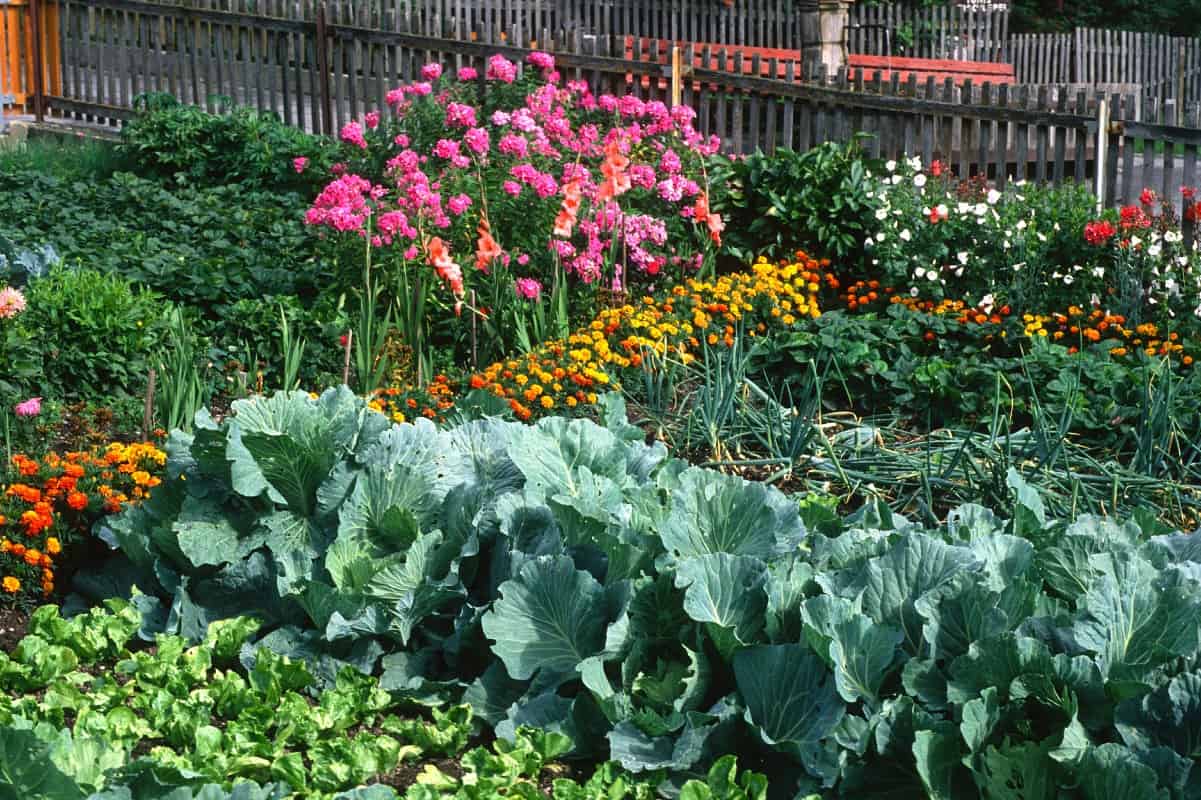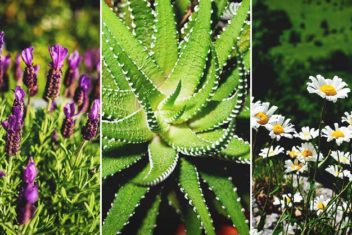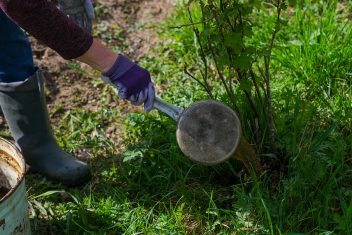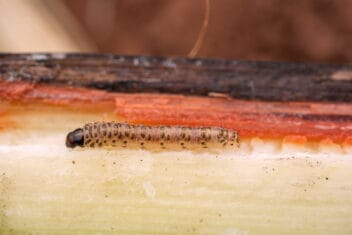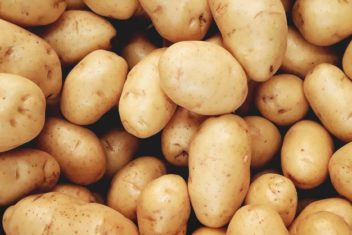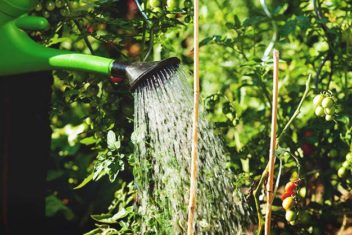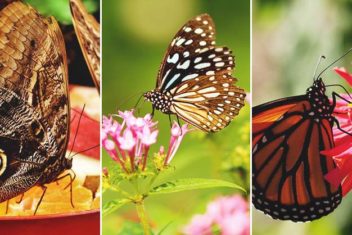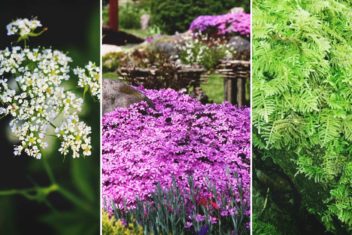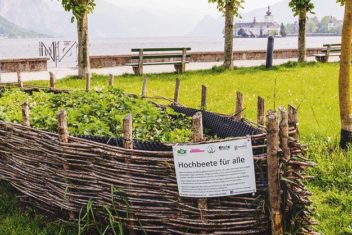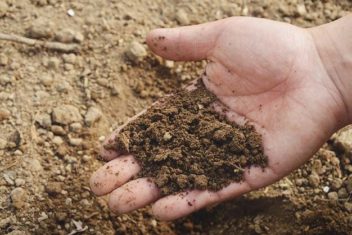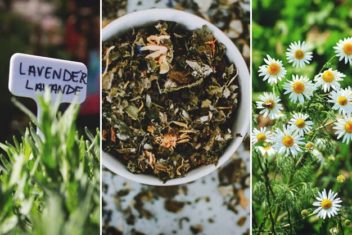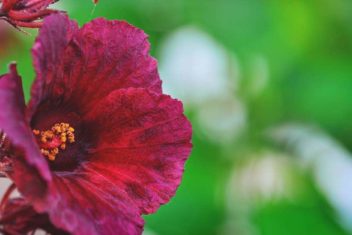After I’ve finished harvesting the garden for the year, one of my favorite things to do is sit down with a notepad, a calendar, and a mug of something warm to plan out next year’s plot. I take note of the year’s successes and failures and then take the time to jot down some notes about what I’d like to do differently next year.
From new seeds, I’d like to try the planting layout for the next spring’s garden (remember – rotating your crops is important!), there are all kinds of ideas I like to get out on paper before my mind goes blank over the winter months.
One thing I took note of this year was about the flowers I planted near the vegetable garden. I chose to plant marigolds, zinnias, and nasturtiums near my veggies, all of which produced amazing results. I had the best-yielding garden I’ve ever had, not due solely to this arrangement, but I’m sure that was part of the equation.
As I was writing down this note to keep in mind for next year, it made me wonder whether there were flowers that should not be planted near the vegetable garden. Sure, marigolds and nasturtiums are great – but are there any no-nos?
Here’s what you need to know about flowers you should avoid planting near the vegetable garden – and why.
What is Companion Planting?
Companion planting is the act of planting certain plant types side by side to enhance the effects that either one has. When done correctly, companion plants work together to increase fertility, suppress weeds, attract pollinators, repel pests and diseases, and/or to increase yields.
Not only that, but a vegetable garden that’s surrounded by flowers almost always looks more beautiful, and you can tap into the many benefits of companion planting using flowers and vegetables. Your garden can be functional as well as lovely to look at! Some of the most common companion plant pairings are as follows, and some include flowers:
- Beans and corn
- Marigolds and tomatoes
- Cabbage and dill
- Sunflowers and squash
- Beans and marigolds
Companion Flowers vs. Trap Plants
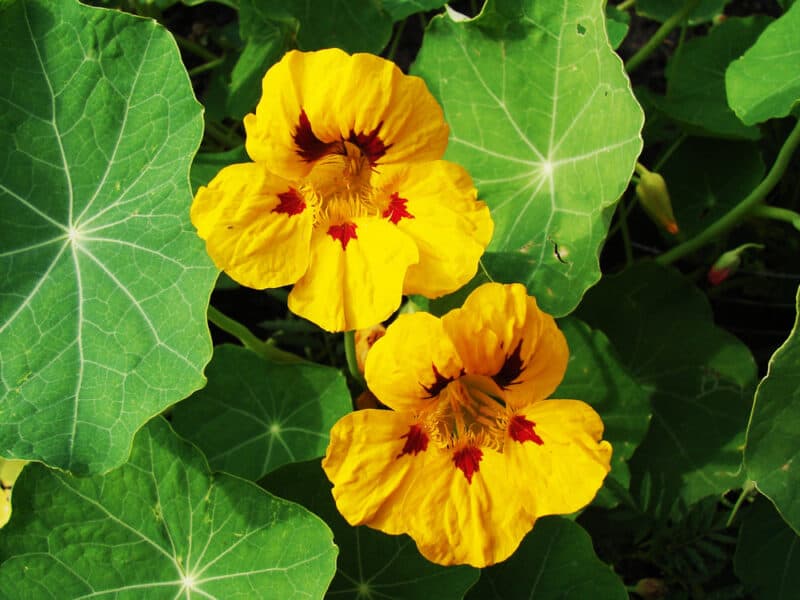
Many people confuse companion plants with trap crops, but the two are not one and the same. While growing trap crops is often equally as beneficial as growing companion flower plants, it’s important that you know the difference between the two.
The term “trap crop” is often used as it relates to pest management in the vegetable garden. While a companion plant grown for pest control will often repel pests from the plant, a trap crop will attract pests to the plant.
That sounds counterintuitive, but the theory behind trap crops is that growing them will draw pests to the more desirable non-food crop (like nasturtiums) to keep them away from more desirable food crops (like cucumbers).
Some examples of trap crops include nasturtiums, which attract aphids, along with chervil, which is attractive to slugs. Nettles can attract aphids, too, while French marigolds used as a flower in companion planting, can attract all kinds of pests, including nematodes, thrips, and slugs.
What Flowers Should You Not Plant Near Your Vegetables?
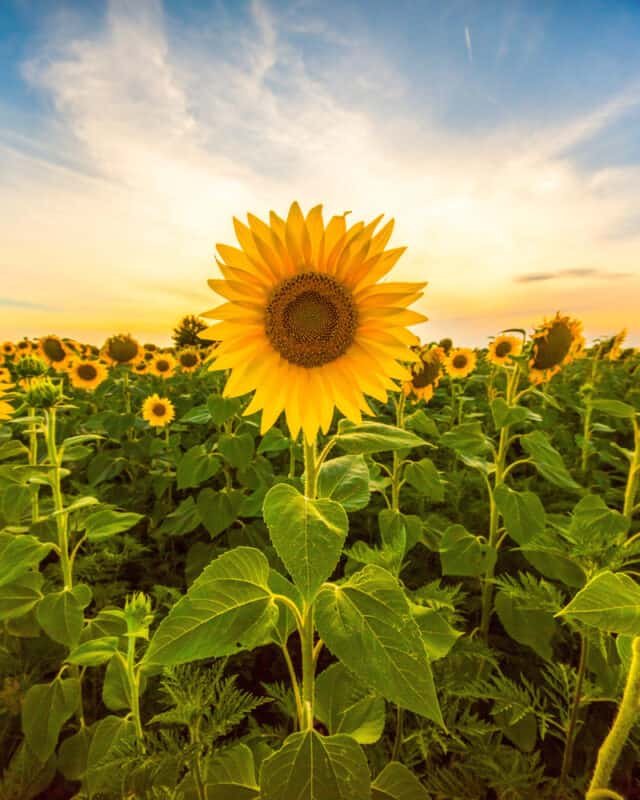
Whether you’re planting flower companion plants or trap crops, there are some plants that simply should not be mixed. You won’t like the results! Here are a few.
1. Certain Bulbs
There are many kinds of flower bulbs that look almost identical to those of plants in the allium family, like garlic, onions, leeks, or scallions. The good news is that most of these bulbs won’t cause you any physical harm. However, they won’t taste any good – and they definitely won’t taste like onions.
However, there are some toxic flower bulbs that can produce serious side effects. For example, both tulips and daffodils contain harmful alkaloids that can cause symptoms like convulsions, dizziness, and abdominal upset. While all parts of the plant can produce these effects, it’s the bulb that contains the highest concentration.
When grown near onions or scallions, that’s also the part that you’re at the most risk of eating by mistake. Avoid making this mishap simply by planting them in separate locations.
2. Poisonous Flowers

As a general rule of thumb, any flowers that are poisonous should not be planted near the vegetable garden and considers as companion plants. They might look beautiful, and truth be told, you’re probably not going to intentionally pick those flowers and add them to your lunchtime salad.
However, you never know when an errant blossom will blow its way into your pot of leafy greens. Harvest and eat it by mistake, and you could suffer from some dangerous side effects.
Oleander, hardy in zones 9 through 11, is one such example. All parts of the plant are toxic, including the flowers. Foxglove is another toxic plant, with leaves, stems, flowers, and seeds being harmful to your health.
You’ll also have to steer clear of toxic flowers with benign relatives, like sweet peas. Sweet peas look like regular pea plants when they are growing, but the peas themselves are actually toxic.
Spare yourself the confusion at harvest time and keep the two plants far apart.
3. Gladiolus
There’s nothing wrong with growing gladiolus flowers, but you should keep them out of the vegetable garden – especially if you’re growing legumes like peas and beans. Gladiolus are known to hinder the development of these plants as they grow.
4. Sunflowers
This one is a bit confusing, as sunflowers tend to be grown as companion plants quite often. It’s true that growing sunflowers is beneficial in many regards. They attract pollinators and so can improve the bloom rates of your entire garden. They also provide support for pole beans and other vining crops.
However, you need to be careful about planting sunflowers near plants that grow low to the ground but require lots of sunlight. For example, sunflowers inhibit the growth of potatoes.
You could certainly grow them near things that prefer the shade, like rhubarb or mushrooms. You could also grow sunflowers near your cold-loving crops if you expect to grow them in the heat of the summer (cauliflower and broccoli are two good examples).
Another option is just to plant your sunflowers so that they do not cast a shadow over your sun-loving plants. You may need to make a sun map of your garden to figure out where the light falls, but it’s worth the time and effort it might take.
This is something that’s true of all tall flowers when considered for companion planting. While tall flowers add a lot to a vegetable garden in terms of their beauty and attractiveness to pollinators, you need to be mindful of where you place them so you don’t overshadow the smaller sun-loving plants.
What Flowers Can Be Planted Instead?
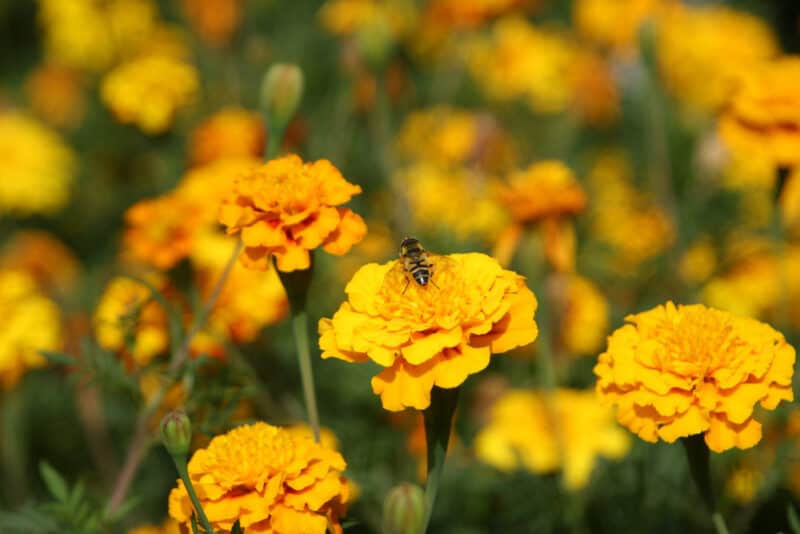
If you’re feeling discouraged by the long list of plants you can’t grow near your vegetable garden, don’t worry. There are plenty of other options you can choose from, including the classic stand-bys of marigolds, petunias, and nasturtiums.
These flowers are not only gorgeous annuals that can thrive in just about any location, but they’ll also be great companions or trap crops to cucumbers, cabbage, beans, potatoes, melons, and more.
You can always grow flowering herbs, like lavender or dill, in most cases, too. That way, you’ll have a garden that is both edible and ornamental!
When you’re trying to decide what to plant, always consider the unique properties of both the vegetable and flower type when considering them for companion planting. Make sure the basic requirements will be met for all your plants in your garden’s location and also consider the biggest and most important factor – how much sunlight your garden gets.
Otherwise, avoiding these pairings is a great start as you plan out your garden for this year or next. Doing so will help to ensure that everybody gets along swimmingly!
